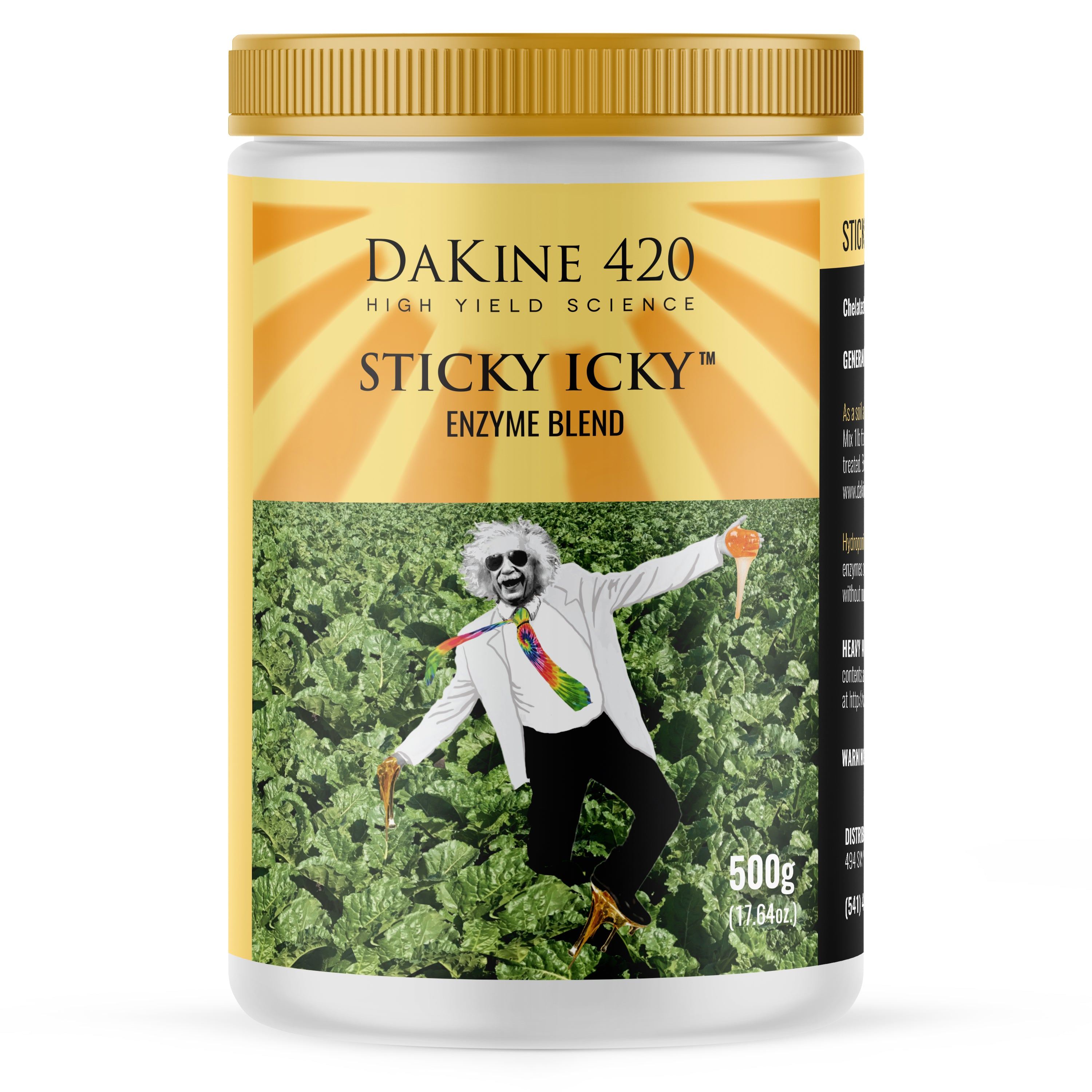FATAL
- 33
- 18
I've never even heard of trehalose. Your thread inspired me to sign up.
All that I've ever heard about artifical induction of stress response is the following:
Harpin Proteins are produced in nature by certain bacterial plant pathogens and plants develop receptors on their seeds, roots, and foliage to detect the presence of Harpin Proteins which triggers an “early warning system” leading to increased plant yields and health.
"In contrast to Systemic Acquired Resistance which is triggered by the accumulation of salicylic acid, Induced Systemic Resistance instead relies on signal transduction pathways activated by jasmonate and ethylene."
Giant knotweed extract is said to contain a metabolite that will induce a salicylic acid response. The ISR seems to have much more potential though.
I heard a reputable organic farm consultant say that microbiology will stimulate plants in these ways also, or more so that they are doing it constantly. "Trehalose is present in various organisms, such as plants, algae, fungi, yeast, bacteria, insects, and other invertebrates."
I'm not far enough into growing to experiment with any of this stuff yet other than microbes. Gotta mids before you can dank.
All that I've ever heard about artifical induction of stress response is the following:
Harpin Proteins are produced in nature by certain bacterial plant pathogens and plants develop receptors on their seeds, roots, and foliage to detect the presence of Harpin Proteins which triggers an “early warning system” leading to increased plant yields and health.
"In contrast to Systemic Acquired Resistance which is triggered by the accumulation of salicylic acid, Induced Systemic Resistance instead relies on signal transduction pathways activated by jasmonate and ethylene."
Giant knotweed extract is said to contain a metabolite that will induce a salicylic acid response. The ISR seems to have much more potential though.
I heard a reputable organic farm consultant say that microbiology will stimulate plants in these ways also, or more so that they are doing it constantly. "Trehalose is present in various organisms, such as plants, algae, fungi, yeast, bacteria, insects, and other invertebrates."
I'm not far enough into growing to experiment with any of this stuff yet other than microbes. Gotta mids before you can dank.






